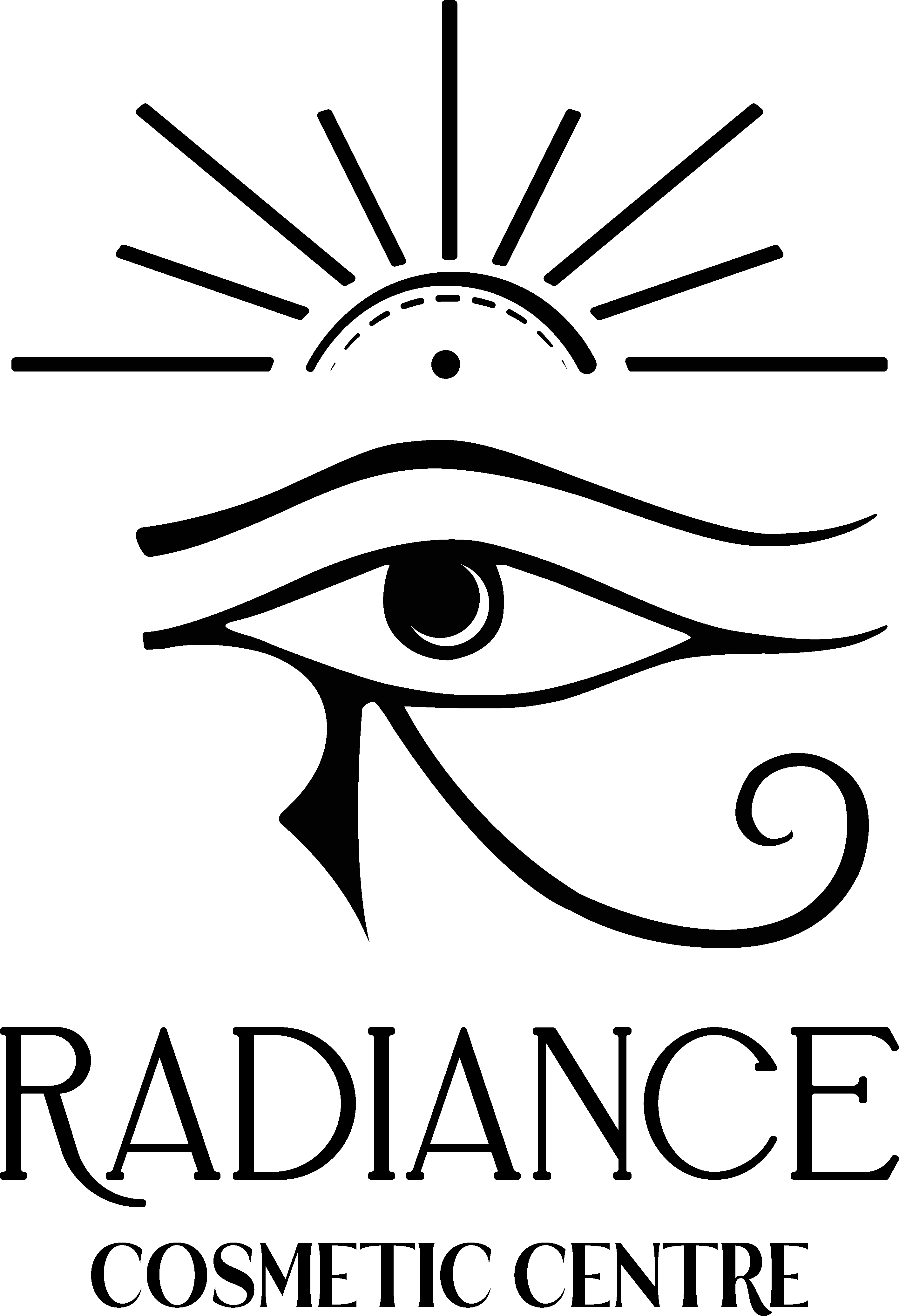Separating Fact from Fiction to Promote Safe Sun Practices
Debunking Common Myths About Skin and Tanning
In the search for a sun-kissed face, there exists a couple of myths that often cover the truths of sun exposure and skin health. These myths can mislead individuals into believing that certain practices are safe or beneficial when, in fact, they pose significant risks to skin integrity and overall health.
Debunking these myths is crucial to empower individuals to make informed decisions about how they approach tanning and sun protection. By clarifying these misconceptions, we can highlight the importance of adopting safe practices that prioritize skin health without compromising on the desire for a golden tan.
- A Tan Protects Your Skin
Debunked
Contrary to popular belief, a tan is a sign of skin damage. When your skin is exposed to UV radiation, it produces more melanin as a defense mechanism. This increased melanin production results in a tan, but it does not provide sufficient protection against further sun damage or skin cancer.
- Tanning Beds Are Safer Than the Sun
Debunked
Tanning beds emit UVA and UVB rays, which penetrate deep into the skin and can cause DNA damage. Studies have shown that using tanning beds before the age of 35 increases the risk of melanoma, the deadliest form of skin cancer, by a staggering 75%. Tanning beds are not a safe alternative to natural sunlight.
- Darker Skin Doesn’t Need Sunscreen
Debunked
While darker skin tones naturally have more melanin, which provides some protection against UV radiation, it does not eliminate the risk of sun damage or skin cancer. Everyone, regardless of skin tone, should use sunscreen with SPF 30 or higher to protect against harmful UV rays.
- Sunscreen Blocks All UV Radiation
Debunked
No sunscreen can block 100% of UV rays. While broad-spectrum sunscreens protect against both UVA and UVB rays, they do not provide complete protection. It’s essential to complement sunscreen use by seeking shade, wearing protective clothing, and avoiding peak sun hours for comprehensive sun protection.
- Self-Tanners Are Harmful to Your Skin
Debunked
Self-tanners are a safe alternative to achieving a tan without UV exposure. These products work by staining the outer layer of the skin and do not penetrate deeper layers or affect DNA. However, self-tanners do not provide any protection against UV radiation, so sunscreen is still necessary when spending time outdoors.
Understanding these facts can help you make smarter choices about how you protect and care for your skin. Prioritise sunscreen, avoid tanning beds and embrace safe alternatives like self-tanners to maintain healthy, glowing skin without compromising your long-term skin health. Always remember, prevention is key when it comes to sun protection.

Leave a Reply